Hip labrum tear
Table of Contents
Introduction
- In a hip labral tear, there is an injury to the labrum, the soft tissue that covers the acetabulum (socket) of the hip.
- In a hip labral tear, the ring of cartilage (labrum) follows the outside rim of the hip joint socket.
- Besides cushioning the hip joint, the labrum hips help as a rubber seal or gasket to help hold the ball at the top of the thighbone securely within the hip socket.
- Most athletes who participate in sports such as ice hockey, soccer, football, golf, and ballet are at higher risk of developing hip labral tears.
- Structural problems in the hip also can cause a hip labral tear.
What is a hip labral tear?
- A hip labral tear is an injury to the labrum and further movement leads to a hip injury, the soft tissue that covers the acetabulum that affects the entire hip joint.
- The hip is made up of shaped like a ball-and-socket.
- The socket forms an acetabulum, and the ball is the femoral head, located at the top of the femur (leg bone).
- The labrum helps the femoral head move smoothly within the socket without any friction or pain.
- It also serves as a seal, maintaining the ball and socket together but not touching.
Types of Hip Labral Tears
- A hip labral tear can occur anywhere along with the labrum.
- Doctors sometimes describe labral tears as anterior or posterior, depends which part of the joint is involved.
Anterior hip labral tears
- This is the most common type of hip labral tear.
- These tears occur at the front of the hip joint.
Posterior hip labral tears
- These types of tears occur on the back of the hip joint.
superior or lateral
- This type of labral tear occurs rarely
There are different types of damage to the labrum of the hip
Degeneration
- It happens when the labrum experiences excessive stress or repetitive hip motion over a long period of time.
- This type of labrum damage can include fraying, overall breakdown over a large area, or a cyst forming inside the hip at the labrum.
Detachment
- Detachment occurs when the labrum is pulled away from the rim of the acetabulum and the underlying articular cartilage. Traumatic injuries at the hip or conditions like femoroacetabular impingement (FAI) can cause labral detachment.
What are the Symptoms of Hip labrum tear?
- Hip pain or stiffness
- Pain in the groin or buttocks area
- A clicking or locking sound in the hip area when you move your hip joint.
- You are feeling unsteady on your feet while standing.
- If you have a hip labral tear, hip pain or discomfort may worsen when you bend, move or rotate the hip joint, exercise, or play sports.
- Pain in the hip or groin is often increased by long periods of standing, sitting or walking, or athletic activity.
- Stiffness or limited range of motion in the hip joint because of pain.
- It’s also possible to have a hip labral tear and you have no symptoms.
What are the Causes of Hip labrum tear?
- Repetitive hip movements and hip overuse (especially in certain sports and occupations)
- Accidental hip injuries
- Regular wear and tear at the hip joint
- Deformities of the hip joint, like hip dysplasia and abnormal bone shape that leads to hip impingement, can lead to more stress on the labrum.
- Degenerative conditions like osteoarthritis.
- The connections between osteoarthritis and hip labral tears go both ways the erosion of cartilage caused by arthritis can contribute to a labral tear, and a labral tear can make you more likely to develop arthritis after a few years.
The other cause of a hip labral tear might be include
Trauma
- Injury or dislocation of the hip joint which can occur during car accidents or from playing contact sports like football or hockey can cause a hip labral tear.
Structural problems
- Some people are born with hip issues that can cause accelerated wear and tear of the joint and eventually cause a hip labral tear.
- This can include having a socket that doesn’t fully cover the ball portion of the dysplasia (upper thigh bone or a shallow socket) which can put more stress on the labrum of the hip joint.
- Another bone in the hip, called femoroacetabular impingement (FAI), can also cause pinching of the labrum, which can lead to tearing over time.
Repetitive hip joint motions
- Sports activities and other physical activities like long-distance running and the sudden twisting or pivoting motions common in golf or softball can lead to joint wear and tear that ultimately result in a hip labral tear.
Diagnosis
- Physical exam to exaggerate the signs of swelling and inflammation, your range of motion in the hip, and movements that cause pain.
- X-ray detects any abnormalities in the shape or alignment of the hip joint as well as signs of arthritis.
- MRI scan with or without contrast material to get a better view of the soft tissues surrounding the hip joint, including the hip labrum.
Differential diagnosis
- Contusion (especially over bony prominences)
- Strains
- Athletic pubalgia
- Osteitis pubis
- Inflammatory arthritis
- Piriformis syndrome
- Snapping hip syndrome
- Bursitis (trochanteric, ischiogluteal, iliopsoas)
- Osteoarthritis of the femoral head
- Avascular necrosis of femoral head
- Septic arthritis
- Fracture or dislocation
- Tumors (malignant and benign)
- Hernia (inguinal or femoral)
- Slipped capital femoral epiphysis
- Legg-Calve-Perthes disease
- Referred pain from lumbosacral or sacroiliac regions
Special tests
- McCarthy test
- FABER Test, flexion
- Impingement Test
- Fitzgerald Test
- Resisted SLR
- Anterior hip impingement test
- Anterior and Posterior labral test
- The log roll
- The scour
Treatment of Hip labrum tear
- Medical treatment
- Physiotherapy treatment
- Surgical treatment
Medical treatment
- Over-the-counter medications such as ibuprofen can help manage pain and inflammation.
- Injections to the hip with steroids and anesthetics can help temporarily relieve pain and inflammation if over-the-counter medications don’t offer sufficient relief.
Physiotherapy treatment in Hip labrum tear
Goal of Physiotherapy Treatment is to relive pain and improve function of Hip joint and Make you fully functional.
Electrotherapy modalities such as Ultrasound therapy(US), Interferential therapy(IFT), Transcutaneous electrical nerve stimulation (TENS) helps to relieve pain, reduce stiffness.
- Physiotherapy can help you to decrease your pain and begin to restore movement in the Hip area.
- Pain relieving exercise strengthening exercises Improving the strength of the muscles stretching exercise for regaining joint range.
Exercise for the Hip labrum tear
Initially pain-free light exercise and gradually increase the repetition and intensity of exercise that helps to improve function and the Hip joint, strengthen weak muscles and also improves flexibility. Exercise must be pain-free.
- Glute Roll
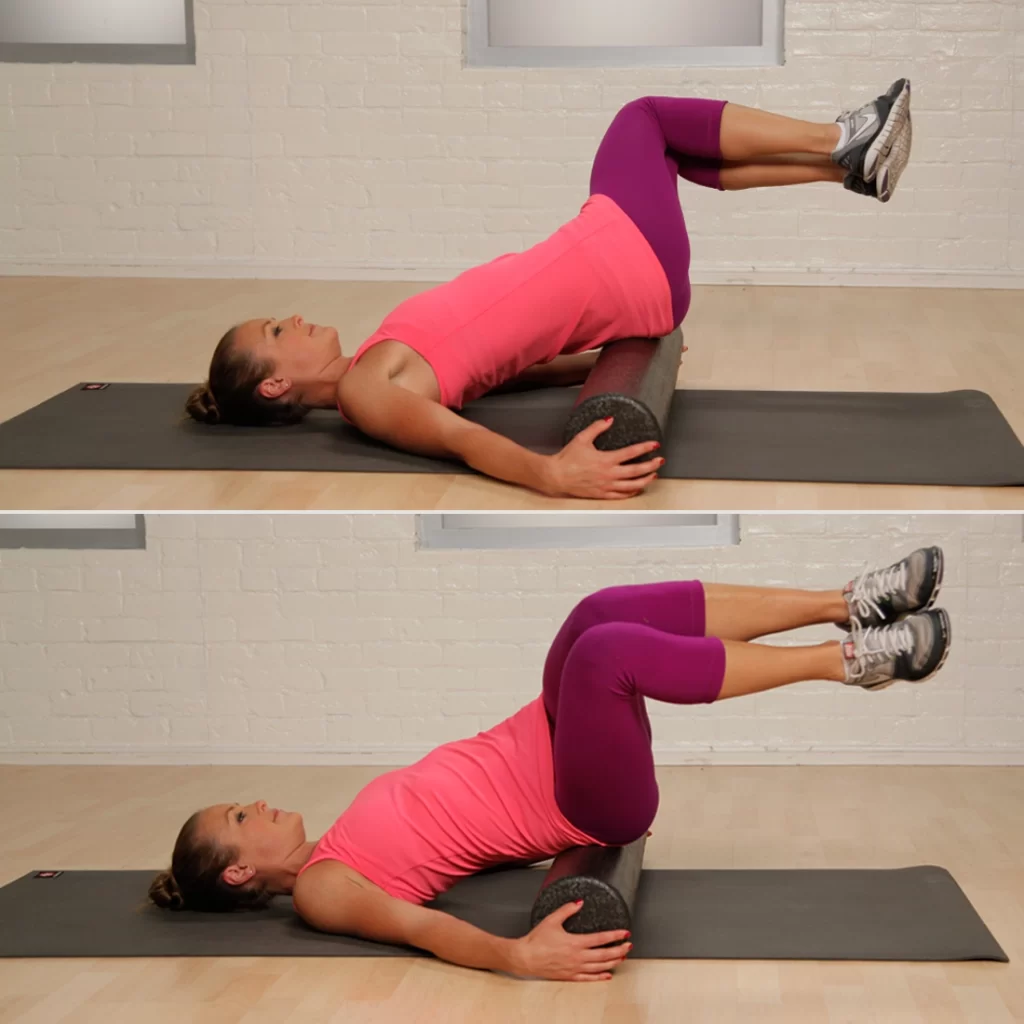
- When the labral tear occurs the gluteus muscles are also stiff with the others hip muscles.
- The pressure of the foam roller will require some adjustment at first, but by getting more support from your free limbs you can always reduce the pressure on your sore muscles.
- You should be able to stay relaxed Keep in mind that.
- Make sure you are only putting pressure on the particular muscles and avoid direct pressure on bones and joints.
- Lay the foam roller on the ground then, sit on the foam roller with your legs in front of you.
- Your hands should be behind on the floor for balance as you make a figure 4 with your legs
- To massage the right gluteus properly (particularly the gluteus medius) bring the outside of the right ankle to rest on the left knee so that the right hip is in external rotation and remind that don’t force this move if it aggravates your symptoms.
- Use your left leg and arms to guide your movement as you roll back and forth on the gluteus.
- Roll slowly and stay relaxed going back and forth for 1-5 minutes.
- Repeat on the other leg as needed pressure should be normal or pain-free.
- If you don’t have a foam roller, you can also try a tennis ball, lacrosse ball, or even just your hand.
- Groin Roll
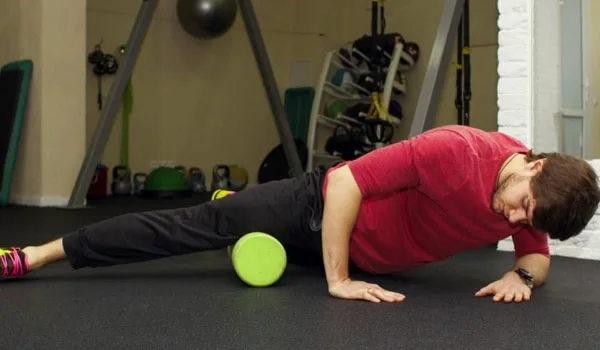
- Another common problem area during labral tear is the groin.
- In this, the hip adductor muscles run along the inside of the thigh.
- Be gentle with this part to prevent aggravation and adjust your pressure or positioning if possible or needed.
- With the foam roller on the ground, lie on your side with your affected side.
- Your top leg should be bent to approximately 90 degrees at the hip and knee. (If it’s not painful)
- Bring the foam roller close to your body so that it is parallel to your trunk during this place your inner thigh on the roller.
- Roll the foam roller back and forth under your thigh with your top hand.
- When you find a sore spot at the inner thigh, stop and slowly bend and extend the knee until you feel relaxed in the muscle.
- Repeat for 10 repetitions on each sore spot for up to a few minutes and 2 to 3 times a day.
- Quad Roll
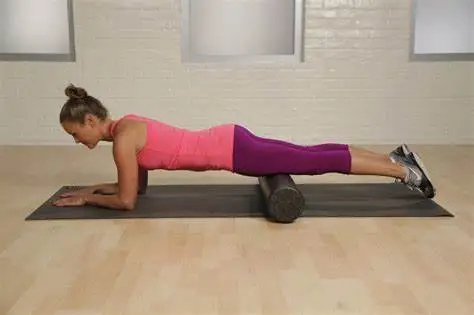
- The quadriceps and hip flexor muscles are also tight with hip pain and it’s common.
- Make sure you stay off the knees and pelvis when you roll up and down.
- Keep the foam roller on the floor throughout the movement.
- Lie on your stomach because you have to keep the front of your thighs on top of the roller.
- Use your hands to guide rolling up and down on your quads.
- Roll back and forth slowly, holding on to any sore spots while you gently bend the knee as needed too.
- In Addition, you can roll out the back of the legs (hamstrings) or even the side of the hips (iliotibial band).
- Do this 2 to 3 times a day with 10 to 12 reps.
- Self-Massage of the Hip
- Instead of a foam roller, you can use other massage tools for your pain relief too.
- This should range from a massage roller ball or vibrating tool to even just your hands.
- Grab a massage roller ball for pain relief.
- The placement of the tool should be against any sore muscle in the upper thigh.
- Apply enough pressure to get relief without the muscles tensing up or any pain in the thigh.
- Roll slowly back and forth.
- You can use it in any areas you’d like in the side, front, back, or front of the thigh.
- Continue for 1-5 minutes and do this 2 to 3 times a day.
Movement Exercises
- Appropriate movement is harmful to keeping the hip joint steady and strong regularly.
- The right movements or exercise will promote muscular balance, and hip range of motion, and boost blood circulation to damaged areas.
- While stretching can be a great tool for general hip pain, it’s mainly used for a labral tear if your hip flexibility or range of motion is limited.
- Otherwise, stretches have been found to provide some relief for this particular injury.
- Instead, combination moves that provide a hip range of motion and strength together are ideal, and it’s very helpful.
Side Lunge
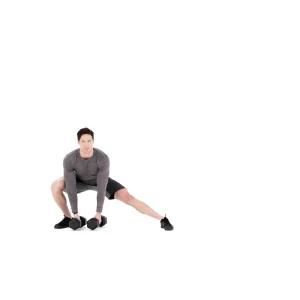
- This kind of exercise stretches your inner thigh and groin area while also building lower leg and core strength.
- It’s a great combination move to get you back too on track with your hip recovery.
- Start by standing with your feet and your hip-width apart and the abs should be tight.
- Bring your left leg out to the side while keeping the knee straight, while keeping your foot on the ground throughout the movement.
- As you reach with your left leg, bend the right knee as if to squat until you feel the maximum stretch.
- Continue to bring the left leg out to the side push your butt back then bend your right leg.
- Hold this for 10 seconds and repeat it 5 to 10 times for 2-3 sets a day.
- Repeat on your right leg also.
Side-Lying Hip Adduction

- Working the inner thigh muscles, and the hip adductors, while actively moving the hip is a great way to boost the recovery process.
- Since this exercise works the groin directly, start gently and slowly to ensure that your hip can tolerate the exercise well before proceeding.
- First lying on the bed or ground by your affected leg keeping on top.
- Then move your leg upward without bending at the knee and take it back to normal.
- Hold for 1 to 5 seconds and don’t hold your breath.
- Repeat 10 times for 2-3 sets a day.
- Then repeat the same motion on the other leg.
- If this movement is too hard or straining on your groin or painting in your thigh sit in a chair or lie on your back and squeeze a ball between your knees instead.
- While you’re lying on your side, you can also work the top hip with hip abduction (lifting the top straight leg straight up toward the ground).
Straight Leg Bridge
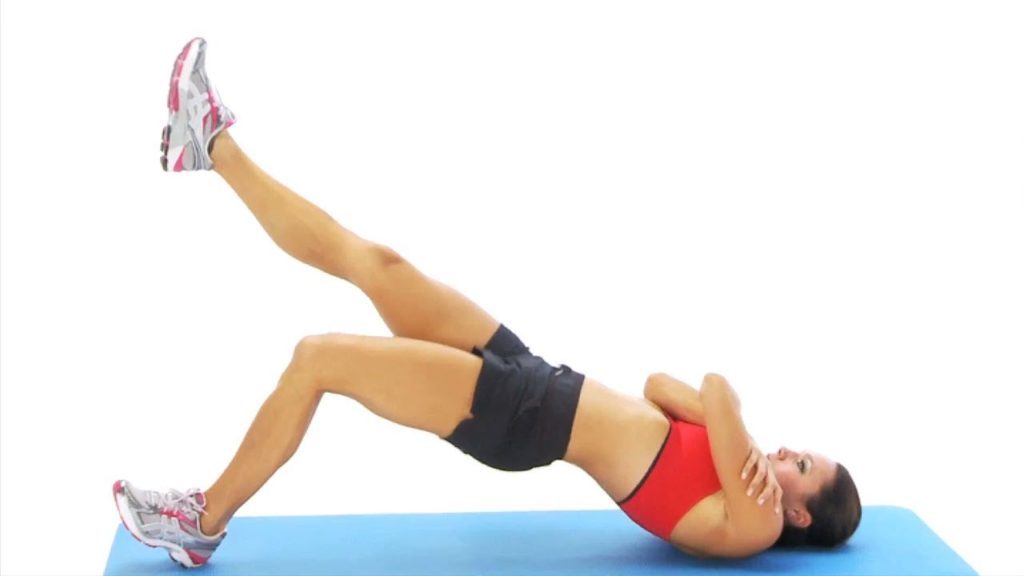
- This exercise requires a foam roller or sturdy step to get started because it leads to a further increase in pain.
- While a bridge is traditionally done with the knees bent and feet flat on the floor and the distance between knees and feet should be the same.
- Doing it with straight legs instead will help you strengthen the gluteus as well as hamstrings while also giving a great hip extension stretch.
- Grab a foam roller or sturdy step for the lower legs.
- Lie on your back and keep your lower legs (near the bottom of the calves) on the foam roller.
- While keeping the legs completely straight, tighten your abs and also butt as you lift the hips up toward the ceiling.
- Lift as high as you can without arching the low back and without having stress or pain.
- Hold for 1-5 seconds for 10-15 repetitions.
- Repeat for 2-3 sets.
Strengthening exercise
Hip abduction (supine)
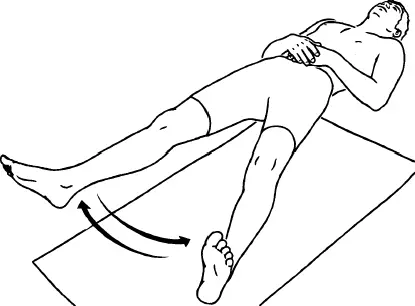
- First, take a supine position and Keep your leg straight throughout the movement.
- Slide your leg out in the direction from the other legs then back to the normal position.
- Movement should be done in a normal range.
- Do not cross the midline remind that.
- do this 2 to 3 times a day with 10 to 12 reps.
Ankle-toe movement
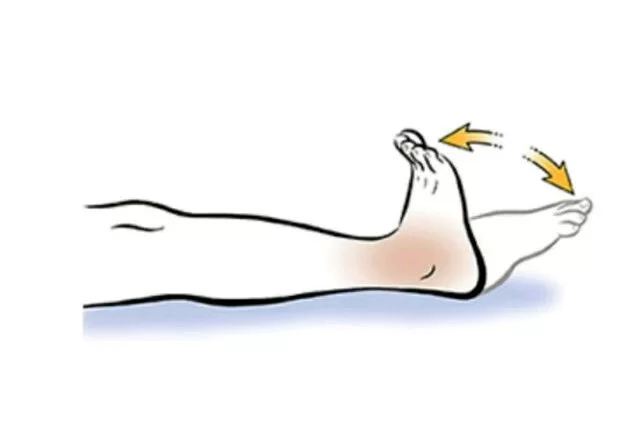
- first, take a supine (lying) position, and slowly push your foot up and down do this on the ground or bed.
- Repeat this exercise several times, each and every minute.
- Do this while watching television or you’re doing rest, you should pump your feet every time.
- Start this exercise the day after surgery and continue it until your hip will fully be recovered.
Hip and knee flexion
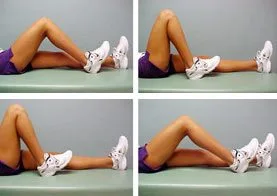
- First, take a supine position then slide your foot toward your hip slowly, by bending your knee and keeping your heel on the bed throughout the movement.
- the movement should be done in a straight manner and within normal range.
- Then hold your knee in a maximally bent position from the knee where you feel no stretch or severe pain and hold it for 5 to 12 seconds.
- Straighten your leg and while this your foot should be touching the ground or bed.
- Repeat 10 times and do this 2 to 3 times a day.
Hip abduction (standing)
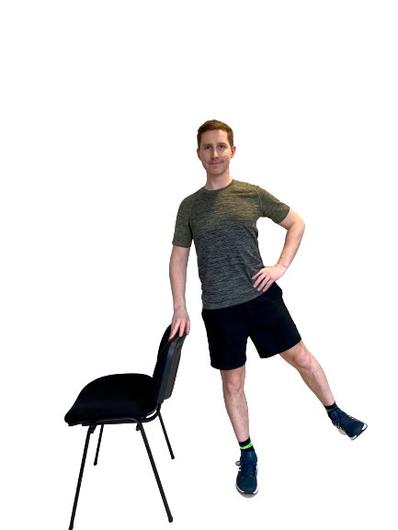
- Standing on the unaffected leg first .
- Then slide your affected leg out to the opposite direction of the other leg and another leg should be straight and stable.
- Side your leg as far as you can and then back to the starting position slowly.
- if it’s not done by yourself ask the professionals like physiotherapist or any family member or relative to give support for the movement.
- Repeat 10 times and do 3 to 4 sessions a day.
Surgical treatment
- If conservative treatments don’t improve your symptoms, your healthcare provider (physiotherapist) might recommend arthroscopic hip surgery.
- In this, a fiber-optic camera and surgical tools are inserted via small incisions in your skin and repair your damaged ligament or bone.
- The surgery is depending on the cause and extent of the labrum tear, the surgeon might remove the torn piece of the labrum or repair the torn tissue by sewing it back together.
Complications of surgery
- Infection
- Nerve injury
- bleeding
- repair doesn’t heal properly this can lead to further hip deformities.
Types of Surgery
Arthroscopic labral debridement
- This surgery involves trimming or smoothing the area of the labrum that is torn, usually performed through an arthroscope.
- This procedure (Arthroscopic labral debridement)may be recommended if the surgeon believes that a frayed labrum is causing symptoms or could cause increasing further symptoms in the future.
Arthroscopic hip labral Repair
- When the labrum has separated from the bone this type of surgery will be recommended.
- During a labral repair, the surgeon will reattach the torn labrum to the hip’s socket (acetabulum) by using small metal or plastic “anchors” and sterile thread.
surgery for the torn labrum
The hip labral replacement
- Labral replacement also known as labrum reconstruction may be recommended when the labrum is too damaged for
- repair.
What types of movement you should avoid during labral tear?
if you have a labral tear the hip movement like
- hip rotations
- hip flexion
- heavy exercise or sport ,may worsen the pain.
FAQ
A hip labral tear is an injury to the labrum and further movement leads to a hip injury, the soft tissue that covers the acetabulum that affects the entire hip joint.
The labrum helps the femoral head move smoothly within the socket without any friction or pain.
It also serves as a seal, maintaining the ball and socket together but not touching.
There are two types of hip labral tear
1.occurs at the front of the hip(anterior labral tear)
2.occurs at the back of the hip(posterior labral tear)
1.Anterior labral test
2.Posterior labral test
3.The log roll
4.The scour
if you have a labral tear the hip movement like
hip rotations
hip flexion
heavy exercise or sport ,may worsen the pain.

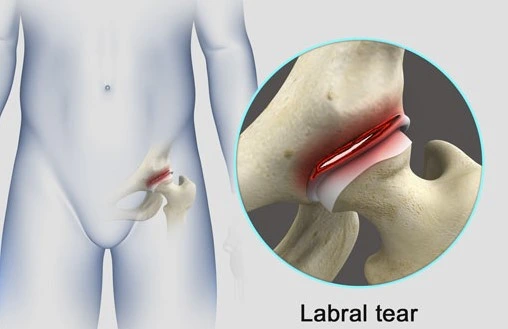

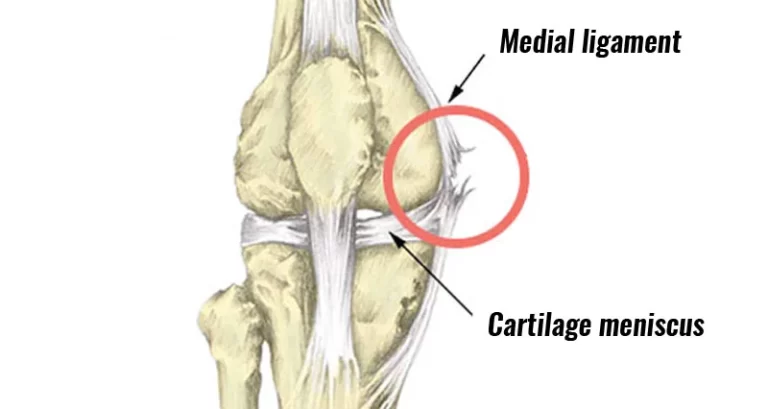
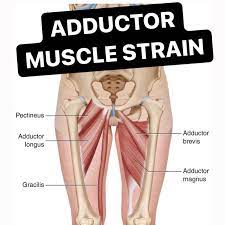
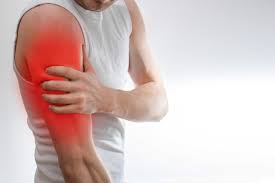
3 Comments